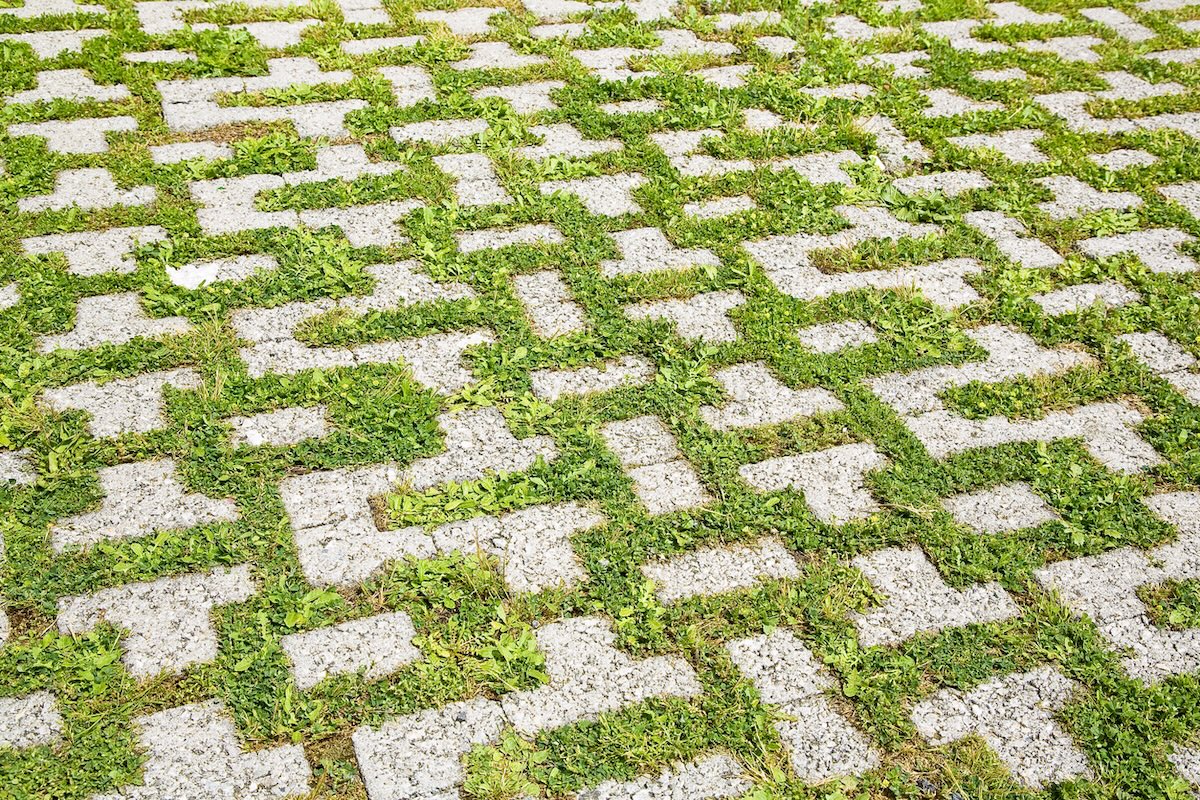

We may earn revenue from the products available on this page and participate in affiliate programs. Learn More ›
As more homes are built, a lot of once-permeable ground is being covered by concrete, asphalt, and other materials to create driveways. This increases stormwater runoff and can produce urban heat islands.
To alleviate those concerns, some homeowners are looking for grass driveway ideas to minimize their environmental impact in a curb-appealing way. Adding a practical yet eco-friendly and eye-catching driveway alternative, such as a grass and stone driveway, a modern concrete and grass driveway, or specially designed pavers that grass grows through, can make your home the envy of the neighborhood.
Related: 10 DIY Yard Drainage Solutions to Protect Your Home’s Foundation
A grass driveway can prevent runoff and erosion.
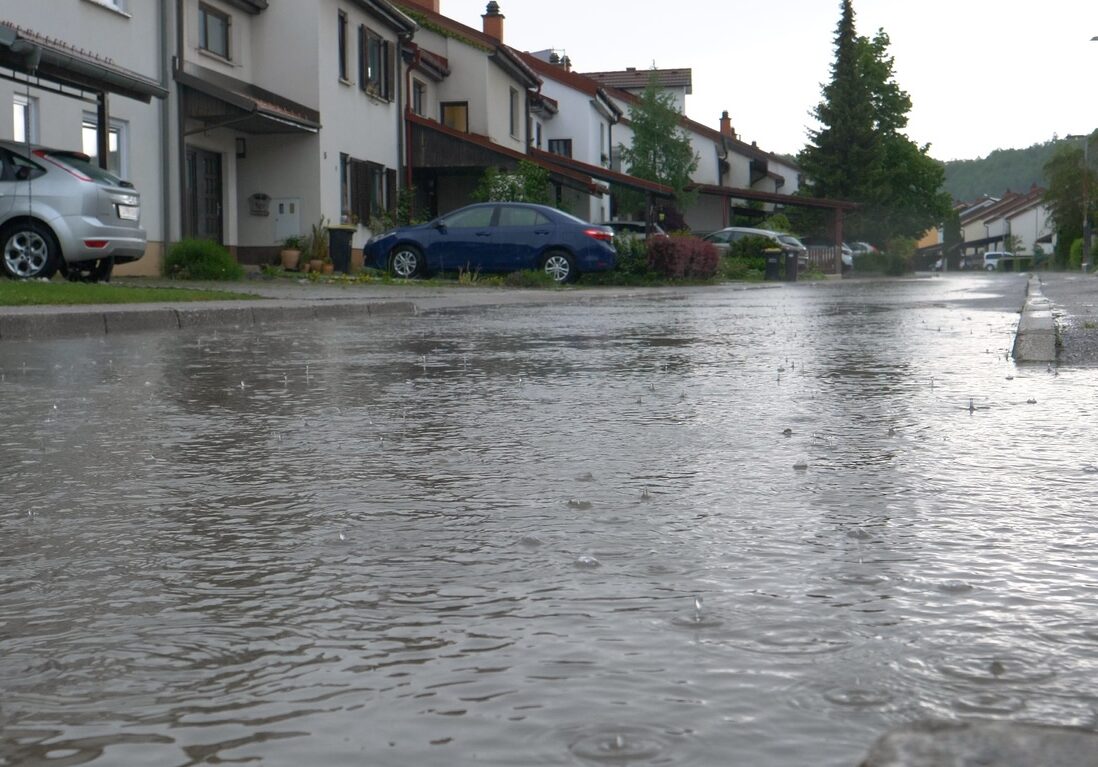
When rain falls on a traditional impermeable driveway, the water runs down the driveway, into the street, and then into storm drains because the hard surface can’t absorb it. As the water flows, it carries with it various toxins such as oil, gasoline, anti-freeze, fertilizer, de-icing salt, and other chemicals. This water must then be treated at the municipal wastewater treatment plant.
A grass driveway, on the other hand, allows the rainwater to permeate its surface and return to the local aquifer, which filters out toxins and chemicals naturally. A driveway with grass can also slow erosion by absorbing water directly, rather than forcing it to flow over pavement, where it can flood or pool and thereby erode both the hard surface and the ground below it.
Because the porous surface of a grass driveway permits air and water to reach turf and tree roots, the soil is stabilized and the ground strengthened, making it less prone to erosion. Further, those tree roots won’t crack a flexible grass driveway grid in the way they can crack and break the hard surface of traditional driveway materials. As concrete or asphalt cracks and disintegrates, it enables egress for water to infiltrate the sub-base, where the runoff can contribute to erosion.
Grass driveways are DIY-friendly.
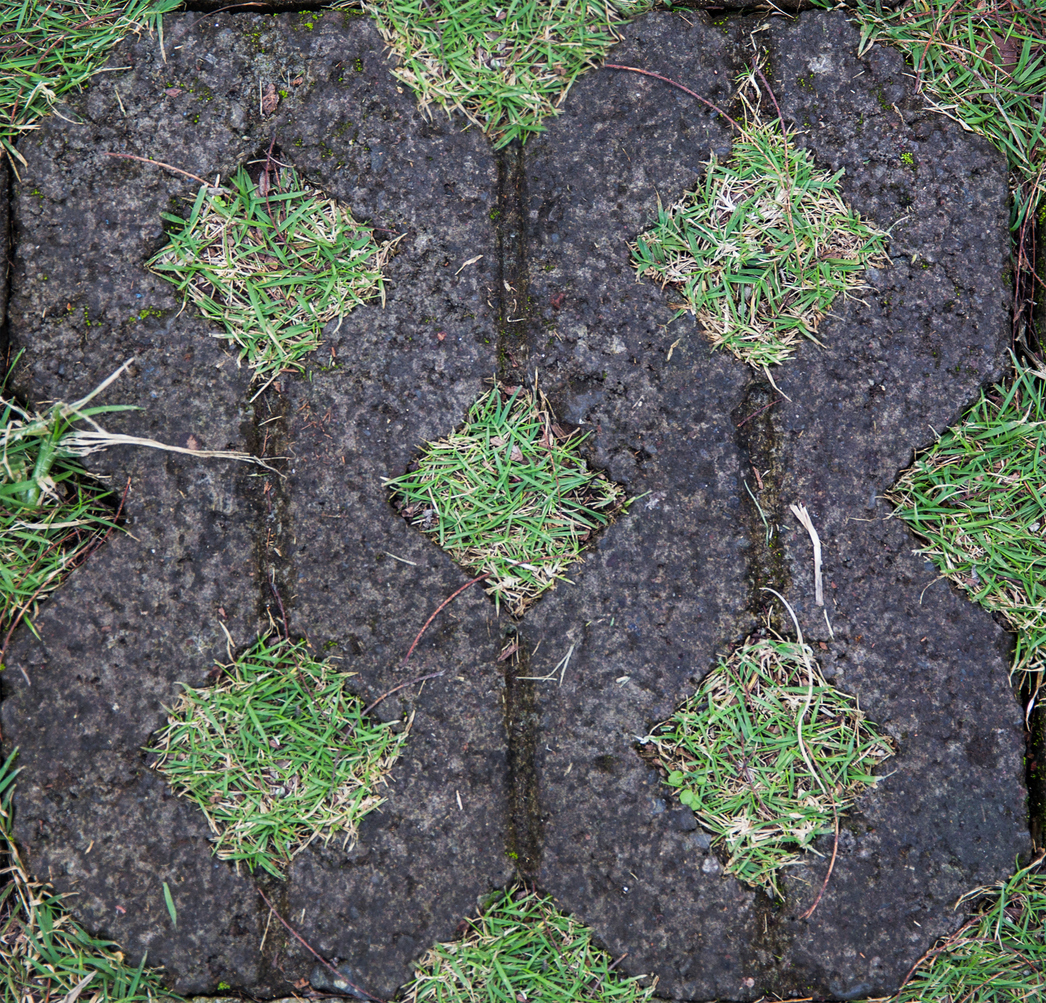
Most grass driveways are relatively easy to install, although it depends on the choice of design and the amount of concrete involved. For example, a concrete driveway with grass strips generally requires specialty equipment and a professional to pour the concrete. But a grass paver system can usually be completed as a DIY project.
Grass driveway pavers are available in 2-foot-square grids that typically feature an interlocking system that secures them to other sections. These lightweight grids are easy to carry and install, covering a large area in little time. DIYers can trim the grids by hand to fit the space. Once installed, it’s a simple matter of backfilling them with soil and spreading seed or laying sod with the desired type of grass. Seeding the cells of the grid produces results more slowly, but allows grass to develop a deeper root system that withstands traffic better.
Most types of grass are suitable to use as drivable grass, as long as you select one adapted to your climate and USDA growing zone. Types of grass that have done well in a driveway application include zoysia, Kentucky bluegrass, Bermuda grass, perennial ryegrass, and tall fescue. Water as needed to help establish either seed or sod. Once the grass is established, it will need the same care as the turfgrass in your lawn, including mowing and fertilizing.
Related: 9 Tips for Maintaining a Nontraditional Lawn
Installing a grass driveway tends to cost less than traditional materials and methods.
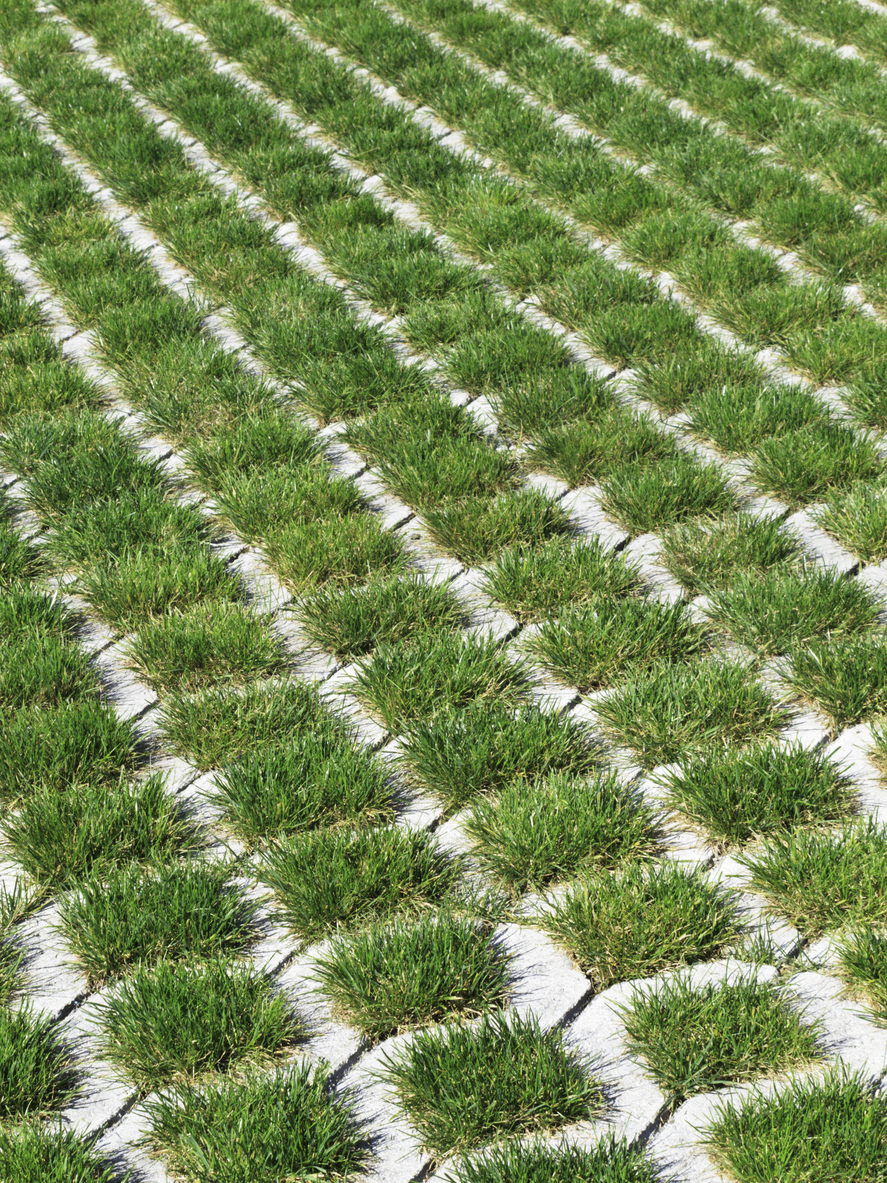
Because you can save on labor costs by installing them yourself, grass driveways typically cost less than a traditional driveway—and result in saving as much as half the cost of concrete, which usually requires a professional.
Other cost-saving measures involve the choice of non-grass materials, such as concrete pavers or plastic grid pavers. Additionally, if you choose to start your grass driveway with seed instead of sod, the cost will be substantially less, although the results will be slower to appear.
Grass driveways also tend to cost less to maintain and repair than driveways made of traditional materials—again materials are cheaper, and DIYers can maintain the grass driveway as part of their yard maintenance routine.
How to Install a Grass Driveway
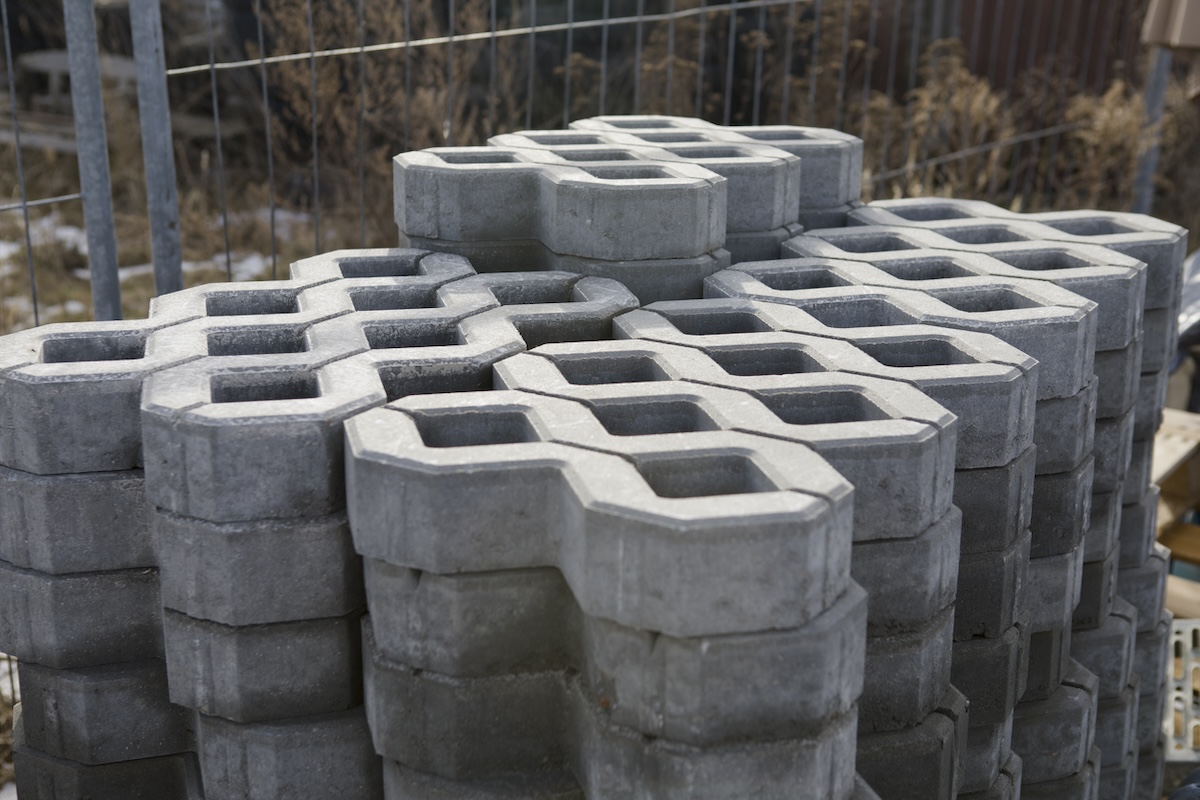
Knowing that grass driveways offer a sustainable alternative to traditional concrete or asphalt driveways by minimizing erosion, providing flood control, replenishing local aquifers, and reducing the effects of urban heat islands, is reason enough to consider them. They can also keep the driveway area cooler due to transpiration from the grass. If you’re ready to add an aesthetically pleasing, eco-friendly grass driveway to your property, the following basic steps apply to most any type of system you select.
- After using a locator service to check for underground utility lines, use a shovel to dig 6 inches below the street grade level.
- Use a tamper to compact the soil.
- Put down a base of crushed rock and sand about 2 to 3 inches thick. Level it; tamp it down; and then tamp it again.
- Lay the grass paver tiles; they should sit about 1 inch below grade. If they’re plastic grid tiles, connect by snapping them together.
- Fill the grid with loam—a mixture of good soil (humus), sand, and clay.
- Lay sod or plant grass seed.
- Water well according to seed or sod directions and weather.
Related: How Much Does a Heated Driveway Cost?
Be sure to tackle this project in an appropriate season. For much of the country, that means late spring or early fall. The ground shouldn’t be frozen, too wet from rain, or too hard and dry from summer drought.
